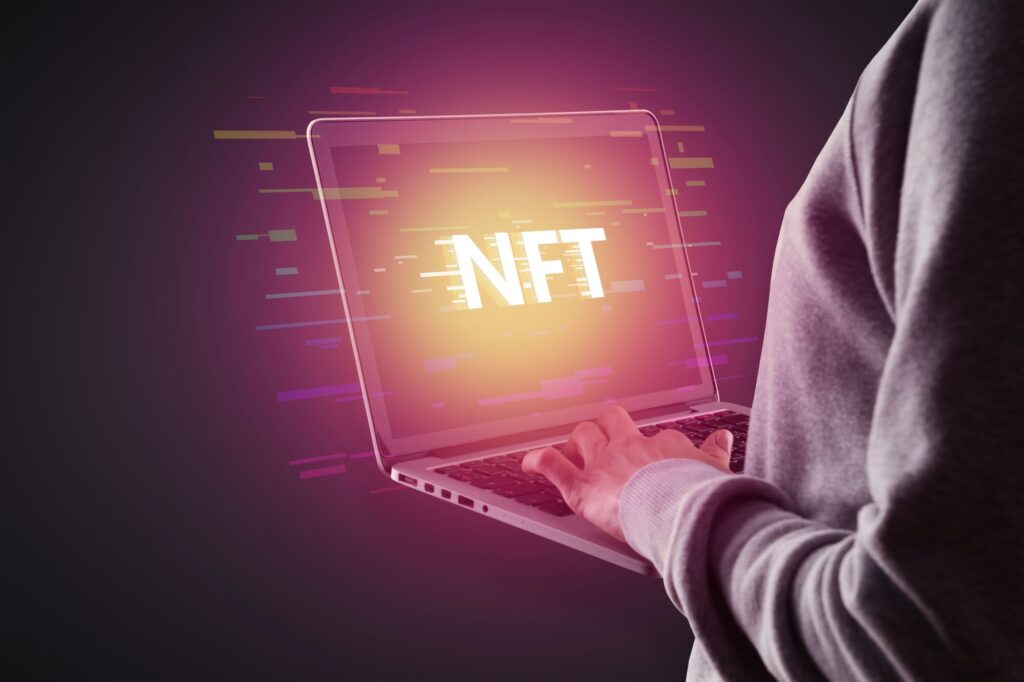What is Move-to-Earn?
Move-to-earn (M2E) describes the business model of blockchain fitness platforms. It is a new phenomenon that gained massive traction between late 2021 and early 2022.
In this century, health specialists have continuously raised awareness of the fitness need. Likewise, WHO explained the health risks of physical inactivity on World Health Day in 2002. The organization mentioned that a sedentary lifestyle causes about 2 million deaths annually.
Despite these awareness efforts, many people still find it hard to be physically active during the day. Countless jobs require seating for long hours, and workers find it hard to walk or ride a bicycle to work.
Consequently, blockchain developers invented ideas on how to incentivize walking and physical activity. They feel that rewarding people with crypto may encourage them to be less sedentary and more active.
So, this article will explain questions like: how does move-to-earn work? What are the health and monetary benefits of M2E? What M2E projects exist currently, and how do they reward users?
How does Move-to-earn work
As much as fitness experts want you to be healthy, they will not pay you to keep fit. Instead, it is the other way around as you have to pay for their services. On the other hand, blockchain technology allows you to earn while keeping fit.
M2E platforms achieve their goals by combining the following:
- Blockchain technology: this is the essential feature in rewarding user activities. The open and permanent ledger system of blockchains facilitates NFTs and cryptocurrencies used to provide rewards.
- Non-fungible tokens: some M2E apps request that users purchase NFTs before earning or using the app. Such requirements help to curb cheaters who might want to exploit the reward system.
- Web 3.0: with blockchain technology, asset ownership is made possible. Hence, move-to-earn apps use web 3.0 to ensure that people can have NFTs in custody and use them on the app.
- Cryptocurrency: crypto assets are the central feature of all move-to-earn apps. In fact, projects that do not require NFTs mostly reward users with crypto. Every project has its reward system. Users sometimes unlock some crypto after reaching a certain threshold of physical activity.
- GPS tracking: M2E apps use GPS on mobile devices to determine whether you are moving or not. For instance, the accelerometer and gyroscope of phones and smartwatches help to detect real-time movement and orientation. Although the measurements might have tiny lapses, they are mostly accurate.
Benefits of Move-to-earn
- Encourages physical fitness: Countless people need extra motivation to go for morning walks or keep up with an exercise routine. Accordingly, they might be better inclined to perform these activities when it comes with an added incentive. Move-to-earn doubles the benefits of walking or exercising as people will remain fit and make money.
- Improved health condition: Humans can limit the risk of diabetes, obesity, and cardiovascular diseases by moving with their legs. Of course, move-to-earn or blockchain fitness encourages people to do that regularly.
- Blockchain awareness: Today, only a few million understand blockchain technology and its potential. So, people learning about move-to-earn for the first time might also become interested in learning more about blockchain and cryptocurrencies.
- Carbon Footprint: Carbon emission is a leading cause of climate change. How does move-to-earn fitness help? Projects like StepN and SweatCoin offer rewards for walking or moving constantly. Although it is unlikely that people will ride bicycles to work, M2E apps encourage walking to a store or engaging in physical recreation.
- Earning and Investment: NFTs of move-to-earn projects are viable forms of investment. Not only will you use those assets to generate crypto rewards, but demand for the NFT also causes an increase in its value. Furthermore, some M2E apps allow you to rent out NFTs to other users for a fee.
Top 3 Move-to-earn projects
StepN
StepN is a move-to-earn project launched in 2021. It aims to nudge millions of people toward a healthy lifestyle while offering crypto rewards.
StepN runs on the Solana network and is one of the most significant move-to-earn projects. In fact, blockchain fitness became widespread in the crypto industry after its launch. According to live data, StepN users have covered a distance of over 110 billion meters. Moreso, runners have burnt about 6.9 billion calories.
There is a sustainable reward structure in place for StepN users. Nevertheless, this project does not give rewards abruptly. Instead, users must purchase Sneaker NFTs before using the app. Additionally, StepN has an anti-cheating system that prevents indiscriminate reward earnings.
Genopets
Genopets is a move-to-earn app where you own a digital representation of yourself (called Genopet). It is a full-scale lifestyle game that rewards you for moving around and engaging in other physical activities.
Whether you have an active GPS or not, Genopets tracks your activities. In turn, those activities are converted to Energy, which becomes a reward. Remember, having much to do in real life determines how fast your Genopet grows and how much you earn.
Genopets features two forms of NFTs, Habitats and user-crafted NFTs. A Habitat is a virtual home for your Genopet. Although you can breed a Genopet without buying a Habitat, buying one improves the reward your Genopet generates.
Moreover, you can craft power-ups to upgrade your Genopet and sell it in Genopets’ marketplace. As said, Genopets does not require an initial investment. Thus, it offers the opportunity to earn crypto by walking, jogging, and following an exercise routine.
CALO
The CALO metaverse is a move-to-earn ecosystem where players can earn by moving. It requires that players own or rent Sneaker NFTs before starting any fitness exercise.
CALO has a mobile app where all the action takes place. The first step is choosing a Sneaker based on your fitness level and its properties. Afterward, turn on your GPS so the app can track your activity. As you run and burn stamina, CALO will reward you with its reward token.
So far, CALO users have covered over 2 million kilometers in race distance. Additionally, the CALO metaverse has paid over 12.5 million of its reward tokens (worth $325,000).
Conclusion
Move-to-earn fitness is a motivation to keep fit. Alongside other benefits discussed in this article, M2E offers crypto rewards that help you stay motivated to complete your exercise routine regularly.


